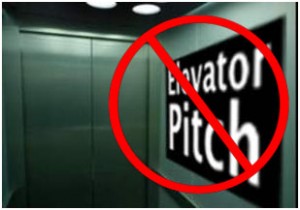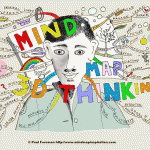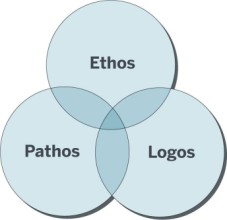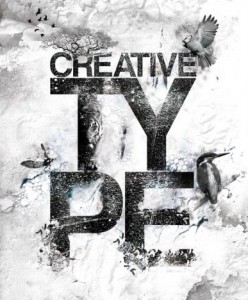Forget the elevator pitch! It’s so 20th century.
Everybody has heard of the elevator pitch. Dale Carnegie advised us to be ever ready with our “elevator speech” in case we encountered the big boss. Thankfully, companies have become much more democratic and you often have more opportunities to present your ideas to the “suits”.
In his new book To Sell Is Human Daniel Pink introduces us to what he calls: the six successors to the elevator pitch. The overall claim of the book is that “selling” is no longer a dirty word or is no longer associated to the repulsive image of a sleazy, shady, slimy used-car salesman. According to Pink, everyone is now in the business of selling or rather living in a world where the skills of convincing or persuading are becoming essential, to everyone.
The book’s chapter called “pitch” is particularly compelling and I would like to share with you what resonated with me.
6 compelling ways to pitch your ideas
1) the one-word pitch. Inspired by the advertizing agency Saatchi & Saatchi’s “one-word equity“, its claim is that in the 21st century, the attention span is so short that we need the “brutal simplicity of thought”. Think “search” for Google, or Obama’s “forward”. If you can find that one (positive!) word and the world starts associating that word with you or your company, you have it made.
2) the question pitch. Asking your audience a question often packs more punch than your typical declarative statement. Example: Reagan didn’t say “your economic situation has deteriorated over the last 48 months”. Instead he asked the famous question: “Are you better off now than you were 4 years ago?”. Asking a question compels to respond and that in turn provokes a deeper, more intensive processing of the message content.
3) the rhyming pitch. This pitch relies on rhymes which boost what linguists and cognitive scientists call processing fluency. Rhymes “taste good” to our minds and make the content of the message more palatable and more memorable. If you were around during the O.J. Simpson’s trail, I’m sure you’ll remember Johnnie Cochran’s (in?)famous pitch about a certain glove: “if it doesn’t fit… you must acquit!”. So if you want your message to stick, use rhymes.
4) the subject-line pitch. When you think about it, every email message is some kind of pitch, with every subject-lines in your mailbox vying for your attention… “click me!”. According to a study conducted at CMU, email readers based their decision whether to open an email on 2 main factors: utility (it affects your work) or curiosity (curious about what the email is about), where utility taps into extrinsic motivation and curiosity taps into intrinsic motivation. Pink provided 2 examples: the useful “Found the best & cheapest photocopier” and the intriguing “A photocopy breakthrough”.
5) the twitter pitch. Pink uses the example of the investor Stowe Boyd who, while heading to a conference to meet start-up companies, asked the eager entrepreneurs seeking a meeting with him to pitch their idea via Twitter, i.e. in 140 characters or less. Scientists studying the Twitter medium found that the tweets that were the most attention-grabbing asked questions to the followers, proving again the potent nature of the interrogative form (see 2) above) to engage and persuade.
6) the Pixar pitch. No need to introduce the animation studio behind so many animated movies, Pixar. One of the reasons for Pixar’s success is attributed to the way movie ideas are pitched, using the following 6 sequential sentences:
Once upon a time, ____________________________________________________________.
Every day, _________________________________. One day _________________________
____________________________. Because of that, ________________________________.
Because of that, _____________________________________________________________.
Until finally, ________________________________________________________________.
The book then goes on about advice on how to pitch but you will have to buy the book, or ask me to summarize that part in an upcoming post.
I will just leave you with the most important of his advice: after someone hears your pitch…
- what do you want them to know?
- what do you want them to feel?
- what do you want them to do?
You now have 6 new ways of pitching. How will you pitch your next idea?








